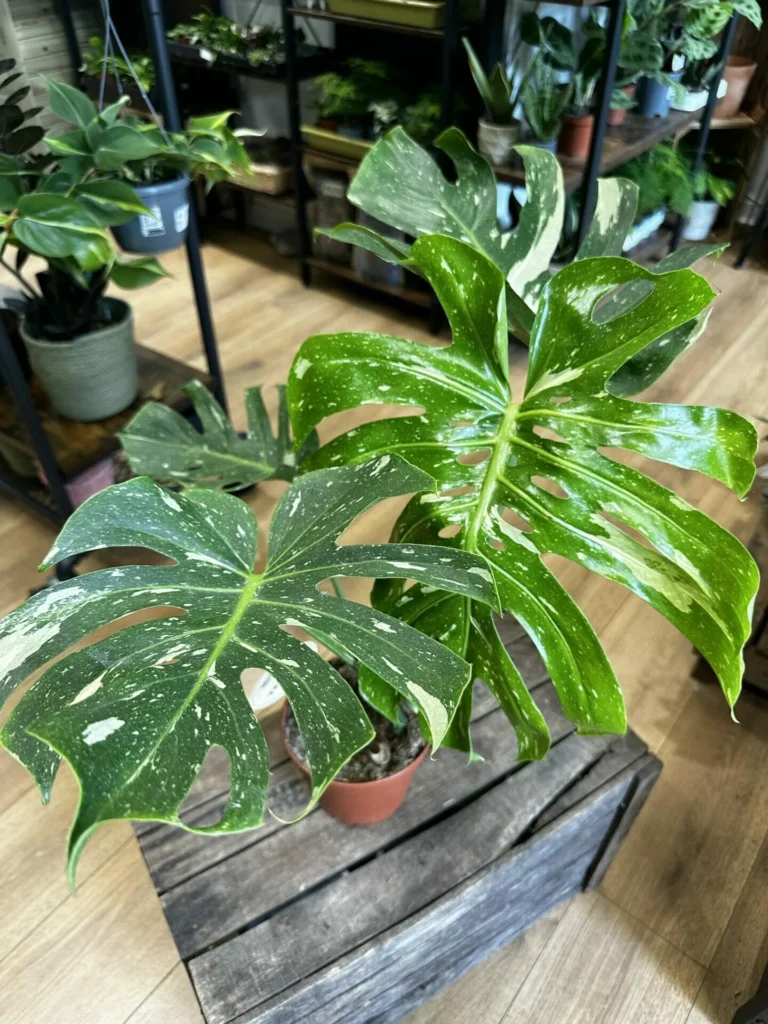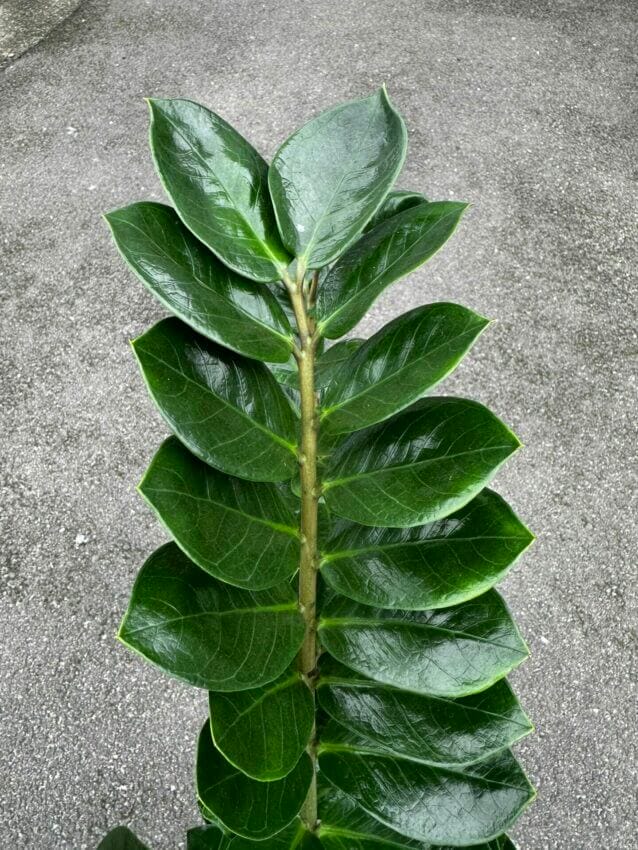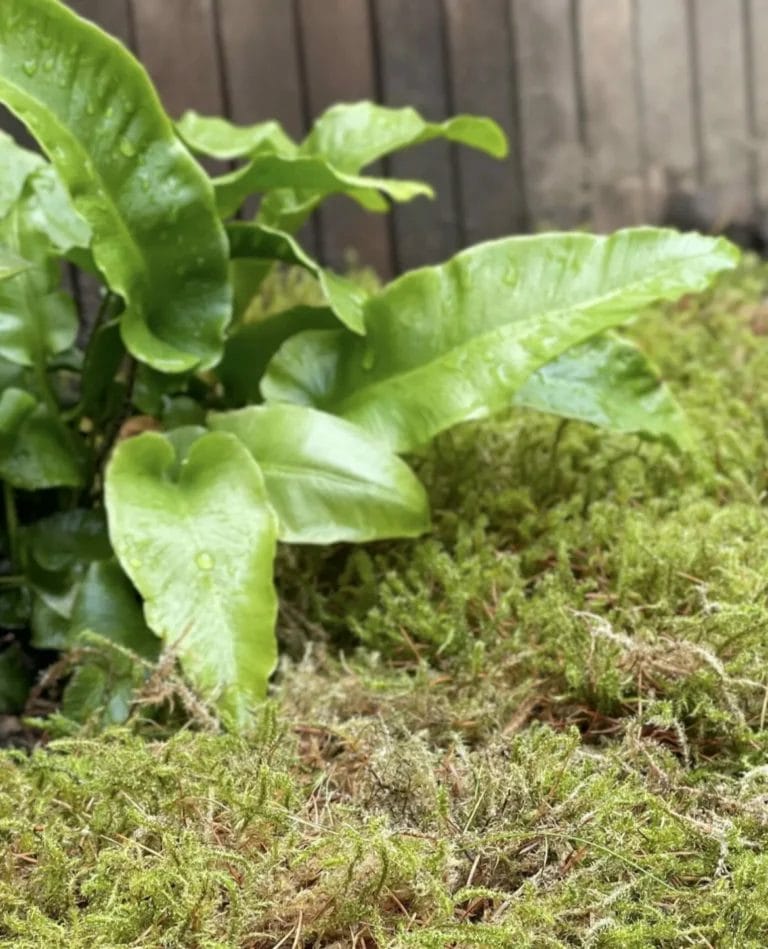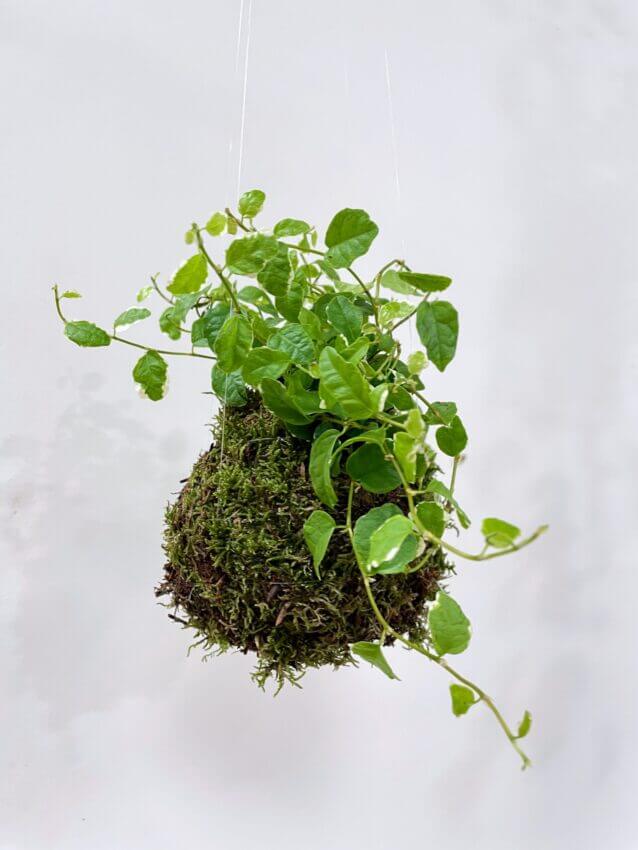
What is Kokedama?
Kokedama is a traditional Japanese method of growing plants that have recently become more popular and taken over home decor and plant-related social media. Many people admire those moss balls with plants because of their unique and stylish appearance.
Creating kokedama involves wrapping the roots of a plant in potting mix shaped into a ball and then covered in moss to create a unique ball shape, sustainable container for the plants. The word “kokedama” literally translates to “moss ball” in Japanese and is closely related to bonsai art.
The beautiful, lush ball of moss holds your plant, creating an interesting and visually appealing way to display plants in the home or workplace. Kokedama can be also used in SPA rooms, Yoga studios and beauty therapy salons to bring calming atmosphere. , whether suspended from the ceiling or resting on a dish, will bring a calming ambience to any room. Kokedama can be presented in two ways, either hanging from the ceiling or placed in a dish. Fishing wire can be used to hang kokedama and create the optical illusion of levitating plants.
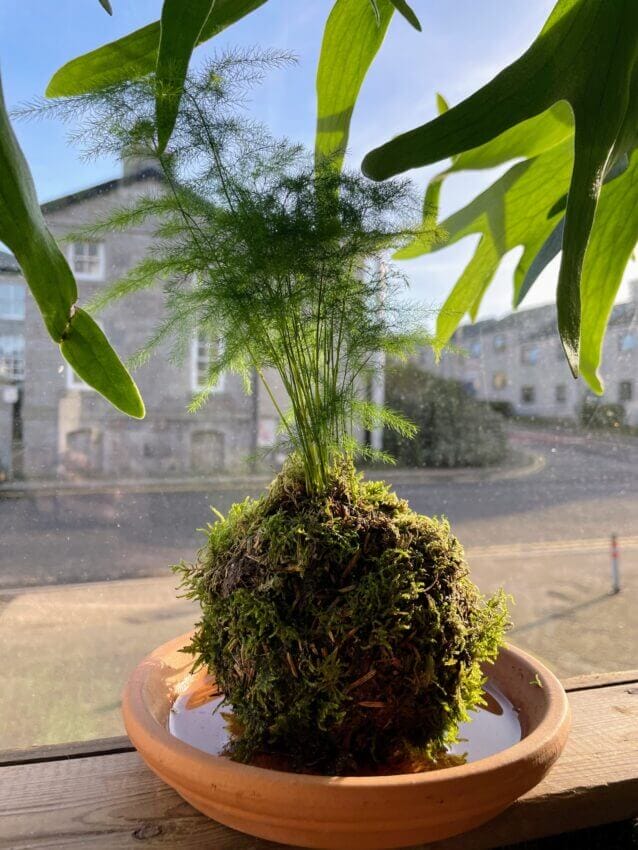
Caring for Kokedama
Kokedama is easy to care for and maintain, making them an excellent option for those who want to grow plants in a stylish and unusual way but also have limited time. Care instructions are relatively straightforward. You will need to water it regularly, making sure it does not dry out completely but also do not overwater to prevent waterlogging. Soak the ball in room temperature water until absorb as much water as it needs, then put it on the side to let it drain. After around 15min you can move the plant to its location. The amount of water and frequency required will vary depending on the plant, temperature, light level and humidity. You may need to water it more often during summer and spring and less during winter.
Kokedama can last for a quite long time, anywhere from one year to several years, depending on the speed of growth and the size of the ball. When the plant has outgrown its ball, you can make a new, larger kokedama. You should treat it as a regular plastic or ceramic planter, at some point, the plant will be too big for it and you need to upgrade the size.
Plants for Kokedama
The best plants for kokedama are those that prefer a moist soil environment and higher humidity including:
- Ferns
- Calathea
- Maranta
- Platycerium
- Fittonia
- Peperomia
- Ficus
- and more!
Remember to avoid plants like for example succulents or cacti as they prefer a dry soil environment, and the soaking required to keep the moss green may cause root rot.
What You Need
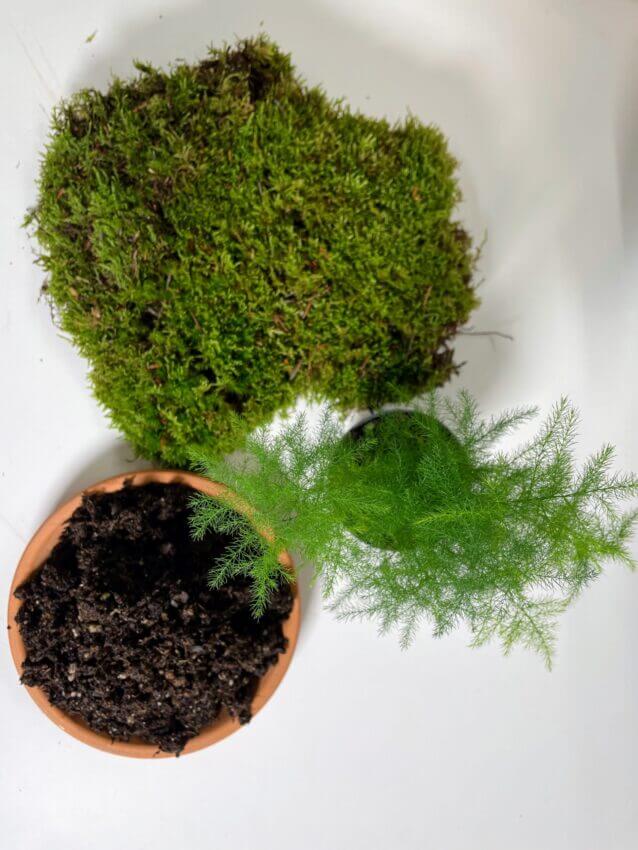
To make a kokedama, you will need:
Making a kokedama is a fun and creative way to spend your time. You can purchase a Kokedama kit with everything you need and create one at home or attend one of the workshops where you can learn tricks, make your own kokedame, connect with like-minded individuals and enjoy a lush plant-filled atmosphere.
Here are the steps to make your Kokedama:
1. Remove the plant from its pot and carefully remove any excess soil from the roots.
2. Mix together soil, Japanese soil, and moss and gradually add water, a little at a time, until the mixture is moist but not too wet until it forms a ball that holds together.
3. Shape it into a ball and split it into two parts.
4. Place the roots of the plant into the centre of one part soil, cover it with another part and reshape the ball.
5. Wrap the soil ball with moss, if you use sheet moss you can trim the part which was attached to the ground to make the sheet thinner. Slightly spraying the sheet or sphagnum moss with water will make it more flexible and makes wrapping easier.
5. Wrap the string, fishing wire or wire around the ball, making sure to secure the plant roots in place.
6. Keep your Kokedama in a bright, but not direct, light and water regularly. Place it on a dish or attached another piece of string or fishing wire to hang it.
Kokedama at Your Home
Kokedama can be used in a variety of ways to add a touch of nature.
Here are a few ideas:
- Hanging display: Hang a group of plants in kokedama from the ceiling or a wall for a stunning visual display.
- Table centrepieces: Use your kokedama as a unique and eye-catching centrepiece for your dinner table.
- Window display: Hang a kokedama in a sunny window for a beautiful and natural display.
- Gift: Kokedama makes a unique and thoughtful gift for plant lovers.

Kokedama kits and kokedama makes a great gift for plant lovers, and ready-made kokedama is a popular alternative to traditional plants and pots, or cut flowers. They also make beautiful wedding decorations or centrepieces for the table which can later be given as wedding favours.
Join the Kokedama Community
Love Kokedama and want to meet other plant lovers? Join us for one of our exciting workshops and learn how to make beautiful Kokedama surrounded by other like-minded individuals. Share tips, ideas, and inspiration as you create your own stunning Kokedama. Book a spot for the kokedama wrkshop today and get ready to create and connect!
Looking For More Knowledge
If you’re looking for more information on how to care for your plants, be sure to check out our other articles on plant care. We have articles on a wide range of topics, including how to treat common pests, how to choose the right soil and fertilizers, and how to propagate your plants. Our articles are packed with useful tips and information that can help you get the most out of your plants. Whether you’re a serial plant killer, a beginner or have your own lush jungle, there’s something for everyone. So take a look and see what you can learn!
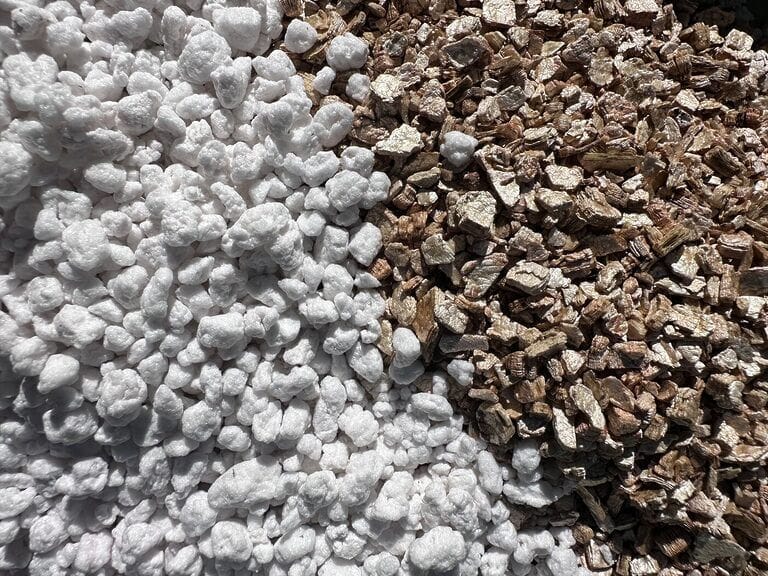
Perlite vs. Vermiculite: Uses, Differences, and Benefits for Plants
Perlite vs. Vermiculite: Understanding their uses, differences, and best applications for gardening and plant care. When it comes to improving soil for gardening, perlite and vermiculite are two of the most popular amendments. Both of these materials play essential roles in creating the ideal growing environment for plants, but they have distinct properties and are…
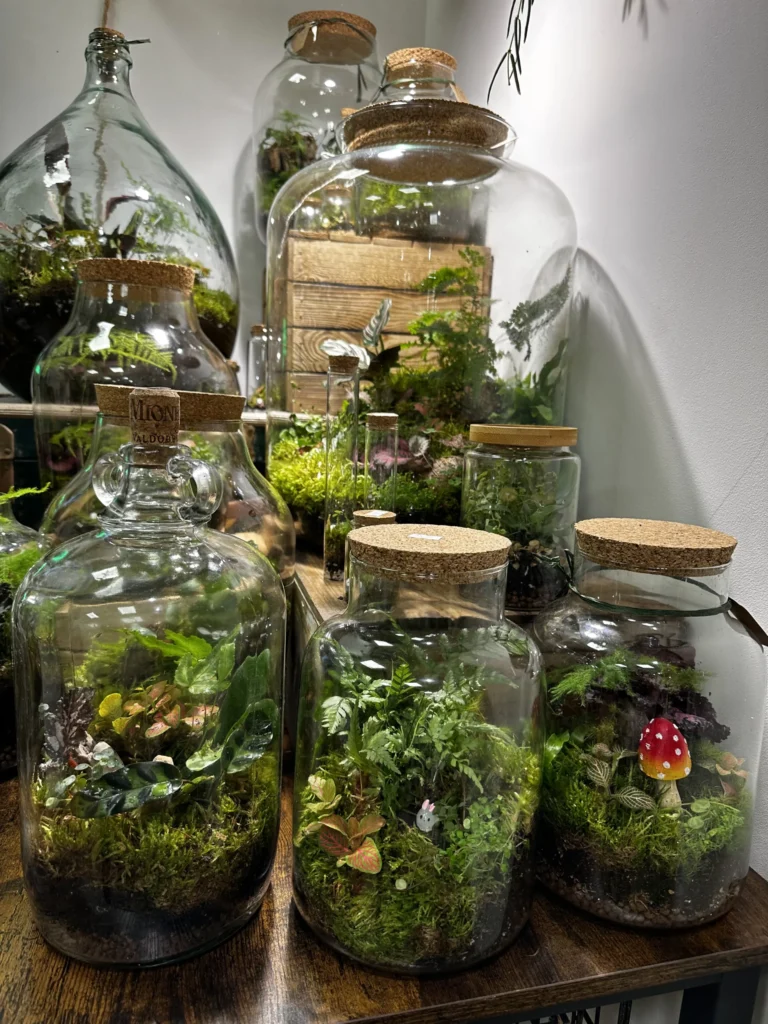
Top 25+ Best Terrarium Plants for Beginners: Easy Care Options-Comprehensive Checklist
Best Plants for Terrariums Terrariums are a fantastic way to bring a slice of nature into your home while keeping plant care manageable. Whether you’re a beginner or an experienced plant enthusiast, picking the right plants for your terrarium is essential. In this article, you’ll find a detailed checklist of the best plants suitable for…
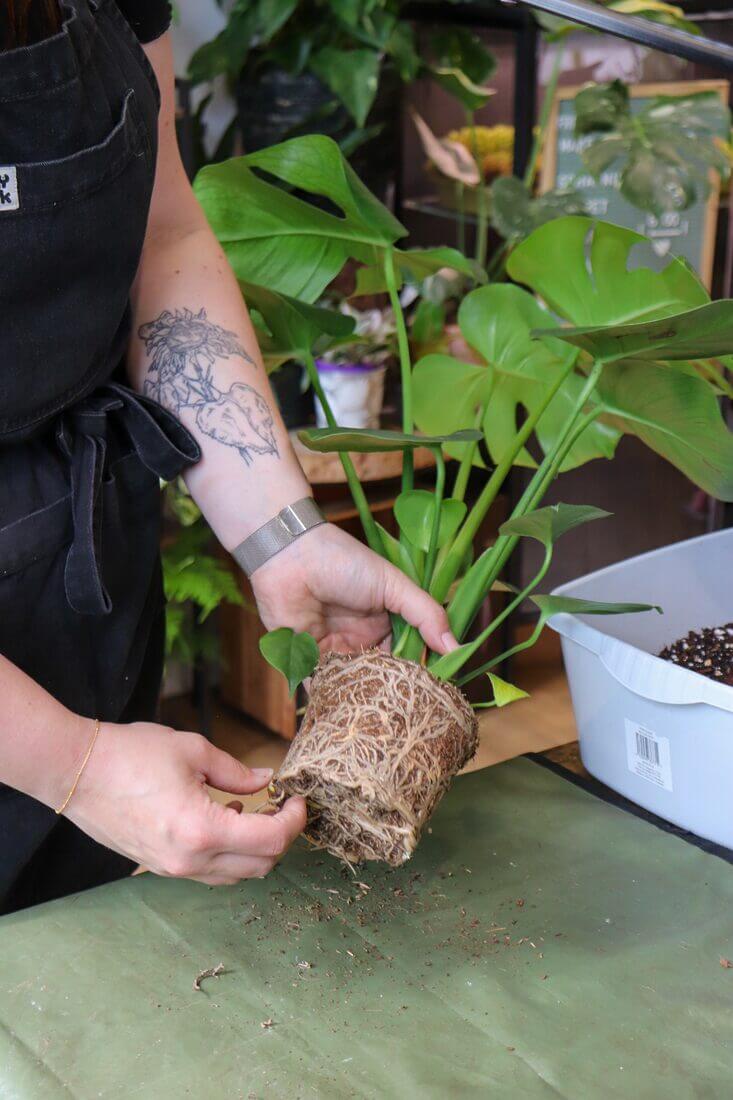
Plant Care Basics: 6 Signs It’s Time to Repot Your Houseplants
Is it Time to Repot Your Plants? Plant Care Basics: 6 Signs It’s Time to Repot Your Houseplants Promotes Healthy Root Growth Repotting gives your plant more space to grow, allowing the roots to spread out and absorb nutrients more effectively. This leads to a healthier root system, which is essential for overall plant health…
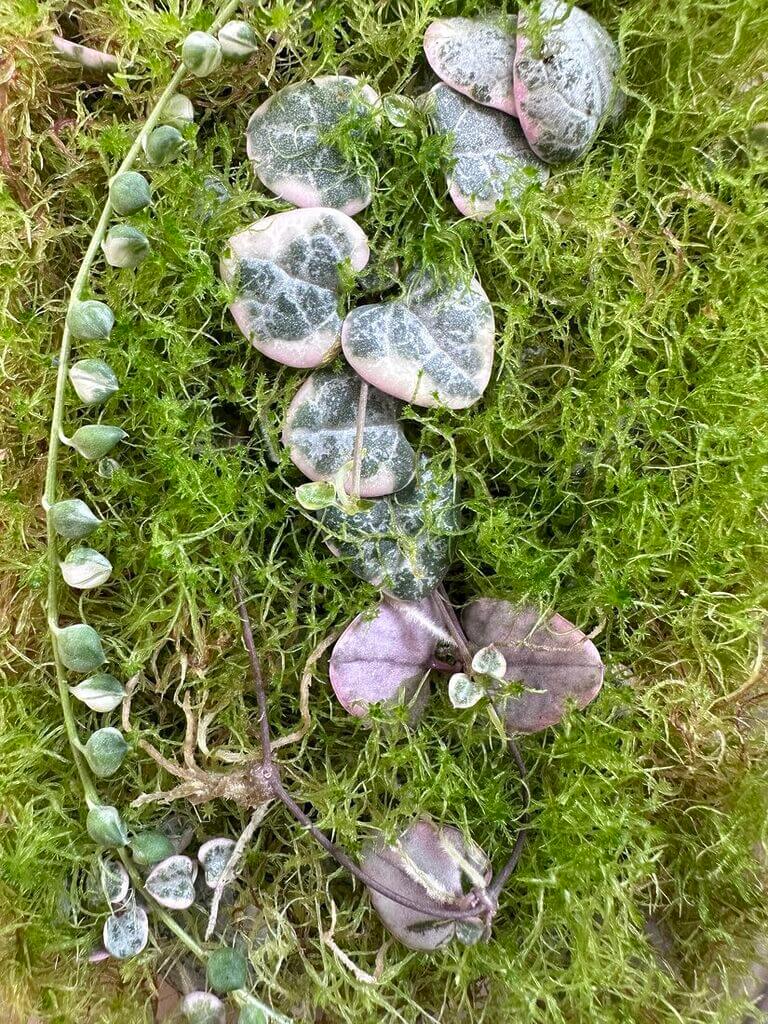
How to Grow Plants from Cuttings: Propagation Guide for beginners
What is a Cutting? A cutting, also known as a snip, snipped, sticks or chunk, is the piece of the plant that you will propagate. While it has many names, we will refer to it as a cutting throughout this article. Everyone has their preferred term, and any of them are completely fine. Understanding Plant…
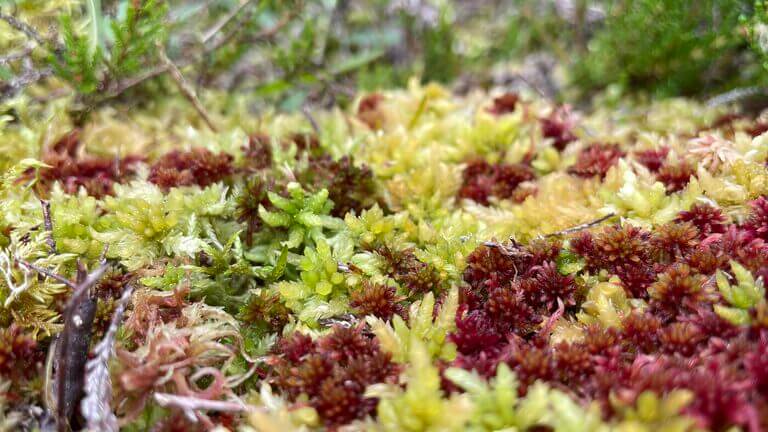
Sphagnum Moss: Uses, Benefits, and Characteristics
Sphagnum Moss vs. Peat Moss While often confused, sphagnum moss and peat moss are different. Sphagnum moss grows in mats and has acidic properties that suppress bacterial growth, making it historically valuable as an effective wound dressing during World War I. Peat moss, on the other hand, forms from compressed sphagnum moss in water-logged conditions…
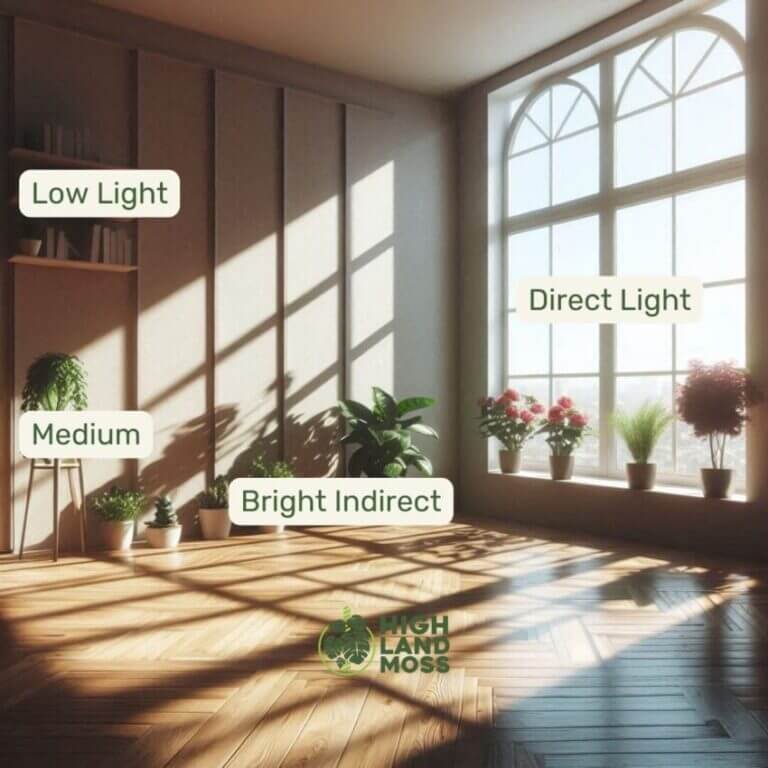
Best Houseplants for Indirect Medium Light Levels – Easy Care & Suitable for Beginners
In this article, we will list our favourite and easy-to-care plants which will thrive in medium and indirect lighting conditions. All those plants are easy to care for and suitable for beginners! Care Tips for Medium Light Houseplants Medium and Bright Light Plants In Stock Now

















